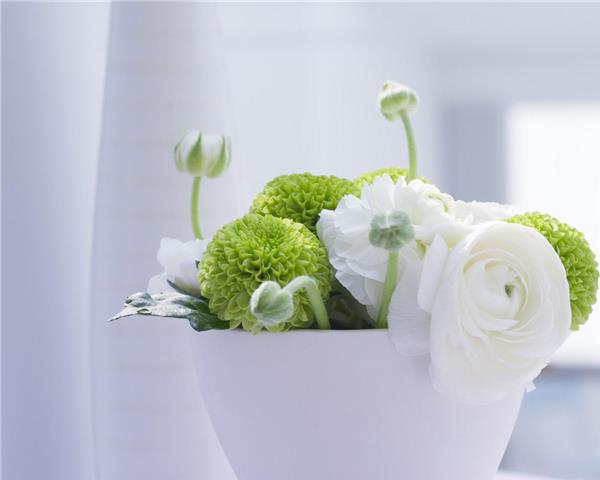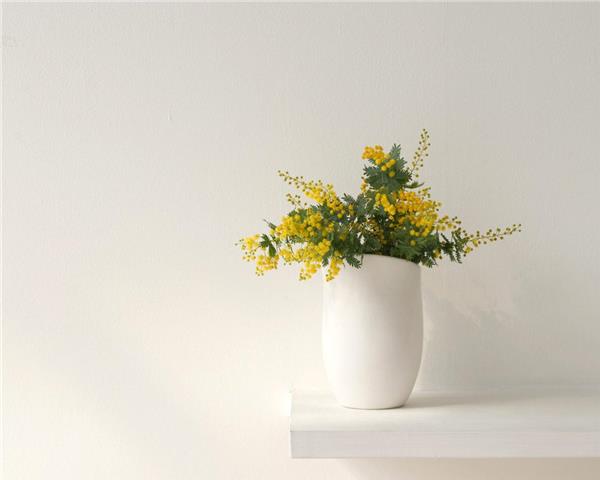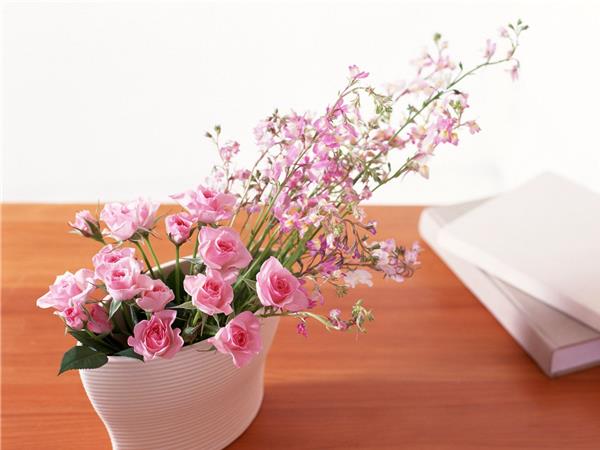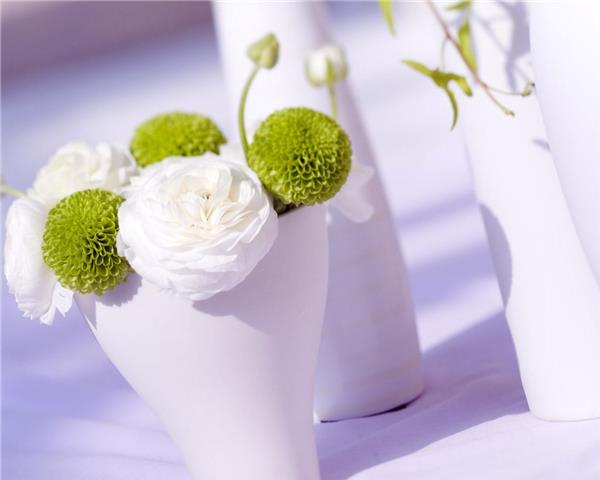Five tricks to learn how to grow flowers in summer heat
In summer, because of the high temperature, the water of flowers evaporates quickly, so many people water them in large quantities, but if they are not careful, they may cause too much water in the flowerpots and cause the flowers to rot and die. Today, let's learn how to cope with this hot season in terms of watering, shading, ventilation, pruning and pests.

Watering: due to the rising temperature, the water demand of potted ornamental plants will gradually increase. In addition to paying attention to the combination of root watering and foliar spraying, we must also pay attention to the quality of watering and spraying water, and it is best not to use tap water directly, especially not to use tap water treated with bleach directly. To this end, tap water can be first injected into a pool or small tank, and then an appropriate amount of acidified substance is added to improve the acidity of water quality, such as ferrous sulfate, whose concentration can be controlled between 0.1% and 0.2%. Small-caliber flowerpots should be watered sooner or later. Flowerpots with a diameter of 20 cm should be watered once a day or every other day, each time thoroughly. However, it is necessary to pour the basin in time after the rain to prevent the basin soil from accumulating water.
Cover the strong light: for the flowers that are afraid of both high temperature and strong light, such as hanging bell begonia, cyclamen, orchid, etc., in the summer high temperature season, proper shade or maintenance under the shade canopy, it can provide a necessary cool environment for their normal growth and development. If there is no Arbor or no shade shed, you can also use the method of moving into indoor shade to cool down during the day and outdoor to receive dew at night. Some people who are afraid of rain should also be placed under the eaves, such as crab claw orchid, arrow lotus, gentleman orchid, asparagus, begonia and so on. The summer dormant bulb flowers such as buttercup, tulip, fragrant snow orchid should be placed in a cool place, and prevent the soil from getting too wet to rot the roots.

Ventilation should be good: the respiration and photosynthesis of flowers must have sufficient fresh air, and ventilation can also reduce the concentration of harmful and toxic gases. Poor ventilation will hinder respiration, affect the normal growth of flowers, and even cause flowers to die gradually. The effect of good ventilation can be achieved by strengthening the ventilation of the site, properly reducing the planting density of the open field flower bed and reasonable shaping and pruning.
Pruning: summer flower growth is too prosperous, branches should be pruned or pruned in time, wipe buds, cut off overdense branches or overlapping branches in the same direction, such as rose, gardenia, pomegranate, spring, etc., herbaceous flowers should pay attention to wiping buds, such as chrysanthemum, dahlia, a bunch of red, white chrysanthemum, some should also be carried out thinning flowers and fruits, such as camellias, tangerines, pomegranates and so on. For the shearing of white orchids shortly after leaving the room, special attention should be paid to the loose pith of its branches, and the cross section is easy to lose water and dry up and extend downwards. For this reason, consideration should be given to cutting 8 to 10 meters above the bud eye, not too close to the bud eye. The pruning of potted rose after flowering should be moderately reduced by 10 to 20 centimeters, and the bud eye in the middle of the branch can give birth to flower buds.

Diseases and insect pests: scale insects lay eggs and hatch from July to August. Red spiders are rampant in summer drought and should be put out in time. The larvae of coir moth, diamondback moth, leaf roll moth and inchworm should be extinguished in time. Rose, etc., should pay attention to the prevention and control of powdery mildew and brown spot, and timely spray pesticides to kill leaf-eating pests; to hawkdai, kumquat, golden bean, bergamot, lemon, rue and other common leaf-eating pests-citrus butterfly larvae should be killed as soon as possible.

In addition to the above five points, in the process of flower cultivation, we should also pay attention to not applying too much fertilizer, which will cause "root burning". The situation of fertilization should be based on the growth of flowers.
Related
- Wuhan Hospital Iron Tree Blooming Result Was Instantly Frightened by the Gardener Master
- Which variety of camellia is the most fragrant and best? Which one do you like best?
- What is the small blue coat, the breeding methods and matters needing attention of the succulent plant
- Dormancy time and maintenance management of succulent plants during dormancy
- Minas succulent how to raise, Minas succulent plant pictures
- What are the varieties of winter succulent plants
- How to raise succulent plants in twelve rolls? let's take a look at some experience of breeding twelve rolls.
- Attention should be paid to water control for succulent plants during dormant period (winter and summer)
- Watering experience of twelve rolls of succulent plants
- Techniques for fertilizing succulent plants. An article will let you know how to fertilize succulent plants.



